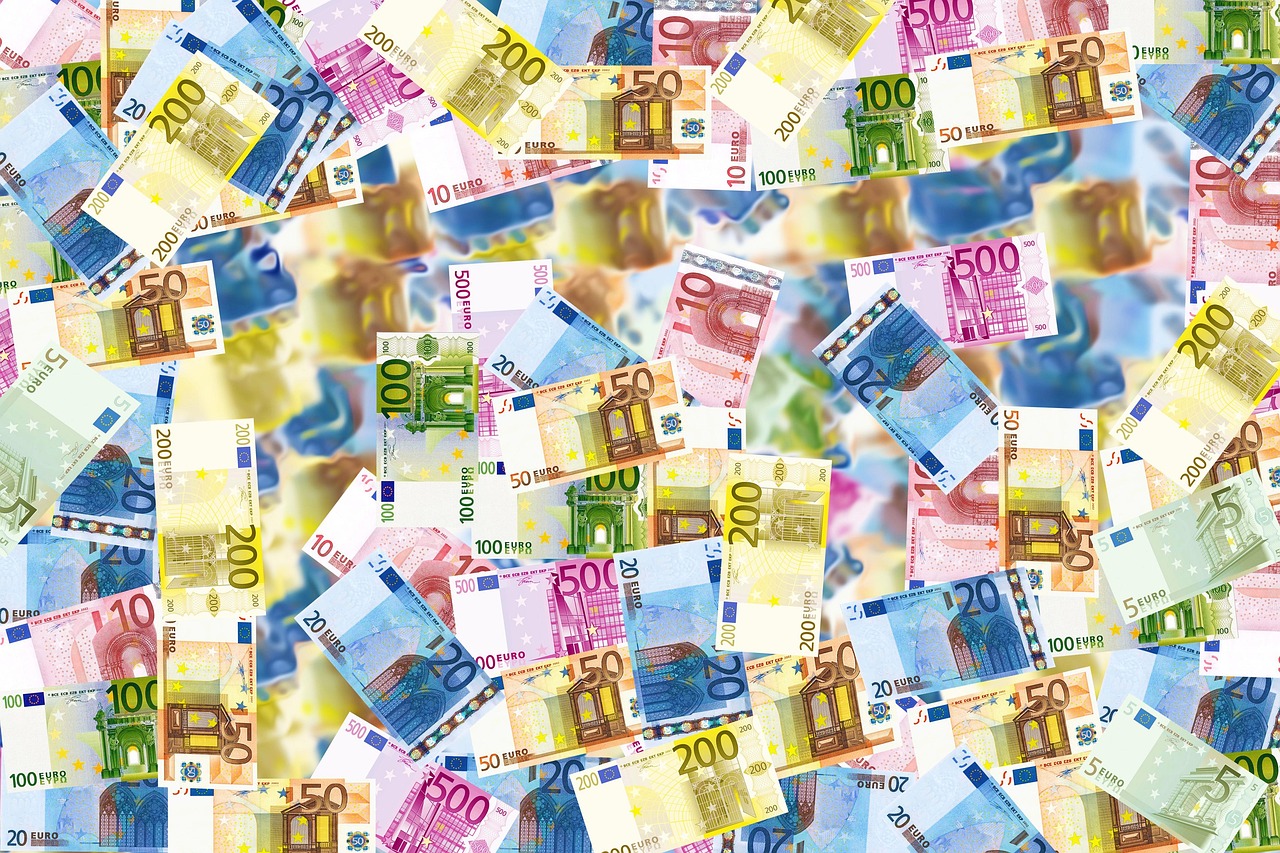UniCredit Explores Euro Stablecoin Wallet: A Step Towards Digital Finance Integration

UniCredit, one of Europe’s leading banking groups, is delving into the potential development of a euro-denominated stablecoin wallet. In a rapidly evolving financial landscape, stablecoins are gaining traction as a bridge between traditional finance and the burgeoning digital asset ecosystem. This research initiative reflects the bank’s commitment to staying at the forefront of financial innovation, aligning with broader trends in digital currency adoption.
Stablecoins are digital currencies pegged to a stable asset, often a fiat currency like the euro or the US dollar, designed to minimize the volatility typical of cryptocurrencies such as Bitcoin and Ethereum. By anchoring the value to a recognized currency, stablecoins offer the promise of dependable value transfer and storage, critical features for both consumers and businesses.
UniCredit’s exploration into a euro stablecoin wallet underscores several key factors influencing the financial sector:
- Regulatory Environment: The European Union has been actively working on establishing a comprehensive regulatory framework for digital currencies. The Markets in Crypto-Assets (MiCA) regulation aims to provide legal clarity and consumer protection, fostering a more secure environment for the adoption of digital assets.
- Technological Advancements: Blockchain technology, which underpins stablecoins, offers secure, transparent, and efficient transaction processing. UniCredit’s research may involve evaluating these technologies to ensure robust security and operational efficiency.
- Market Demand: There is increasing demand for digital payment solutions that offer the stability of traditional currencies with the flexibility and speed of digital transactions. Businesses and consumers alike are showing growing interest in using stablecoins for various applications, from cross-border payments to decentralized finance (DeFi) platforms.
The potential benefits of a euro stablecoin wallet are numerous. For consumers, it could facilitate faster and cheaper transactions compared to conventional banking methods. For businesses, especially those operating internationally, stablecoins offer the prospect of reduced foreign exchange risk and lower transaction costs.
Globally, the interest in stablecoins is not limited to Europe. In the United States, regulatory bodies and banking institutions are similarly assessing the implications and opportunities of integrating stablecoins into the financial system. The People’s Bank of China has already piloted its own digital currency, the digital yuan, illustrating the global momentum towards digital currency adoption.
However, the path forward is not without challenges. Regulatory concerns, particularly around financial stability, money laundering, and consumer protection, remain significant hurdles. UniCredit, by embarking on this research, will likely engage with regulators, technology partners, and other stakeholders to address these issues comprehensively.
In conclusion, UniCredit’s investigation into a euro stablecoin wallet is a testament to the ongoing digital transformation in finance. As the lines between traditional banking and digital currencies continue to blur, financial institutions like UniCredit are positioning themselves to not only adapt to but also shape the future of digital finance. Through careful research and strategic partnerships, UniCredit aims to harness the potential of stablecoins, delivering innovative solutions for the evolving needs of its clients.













